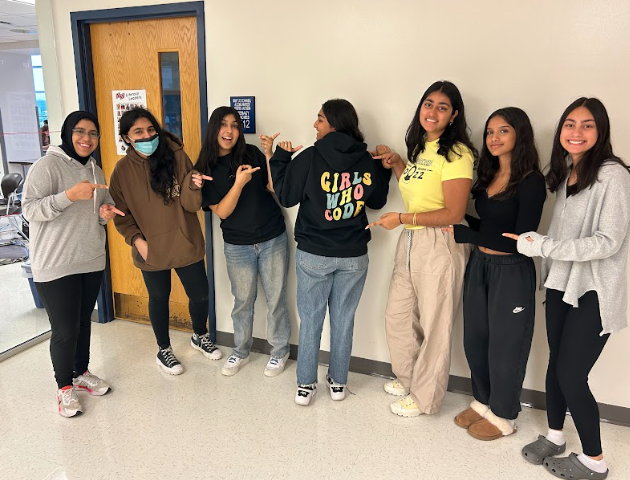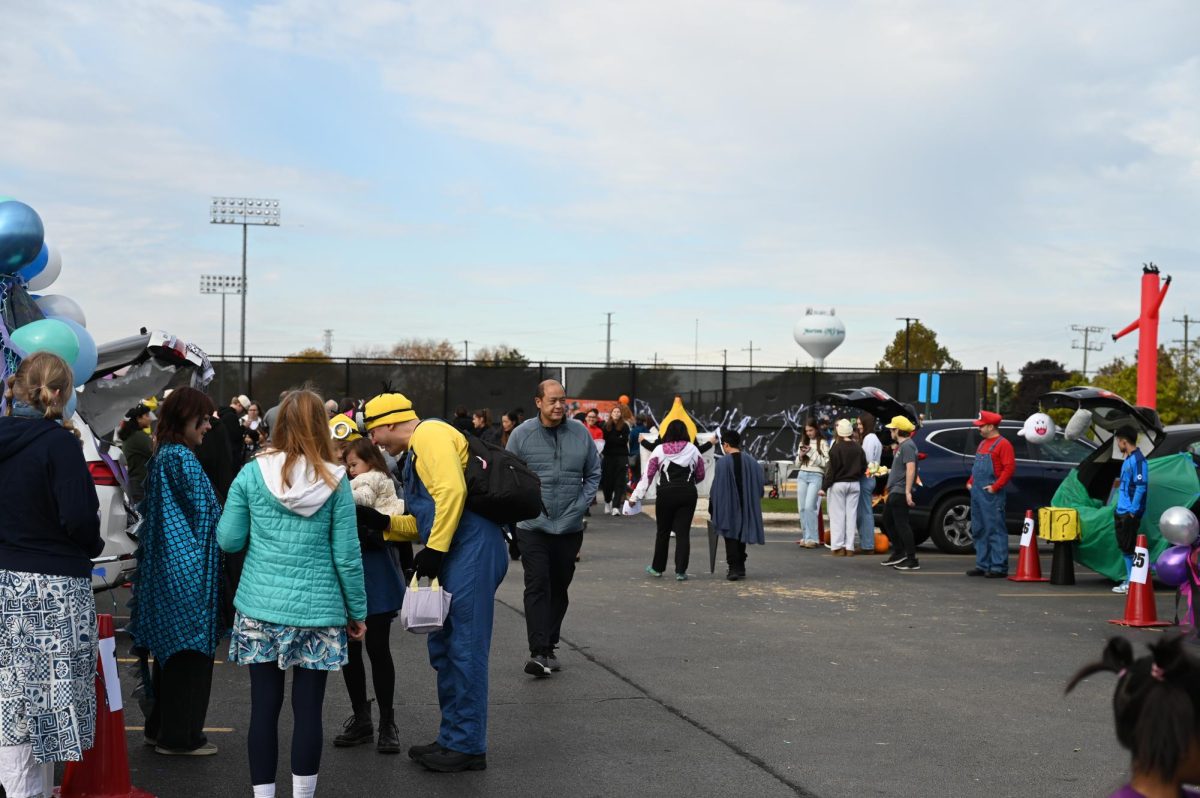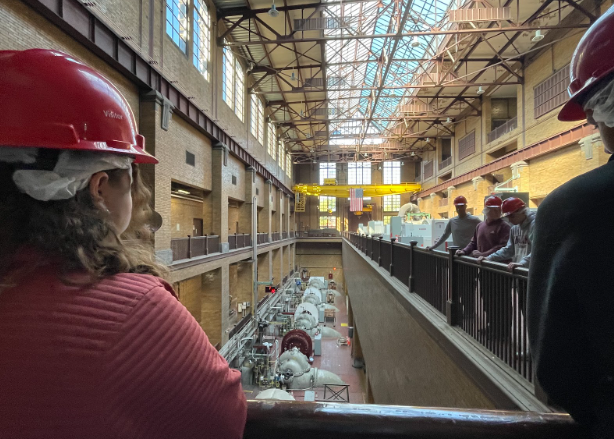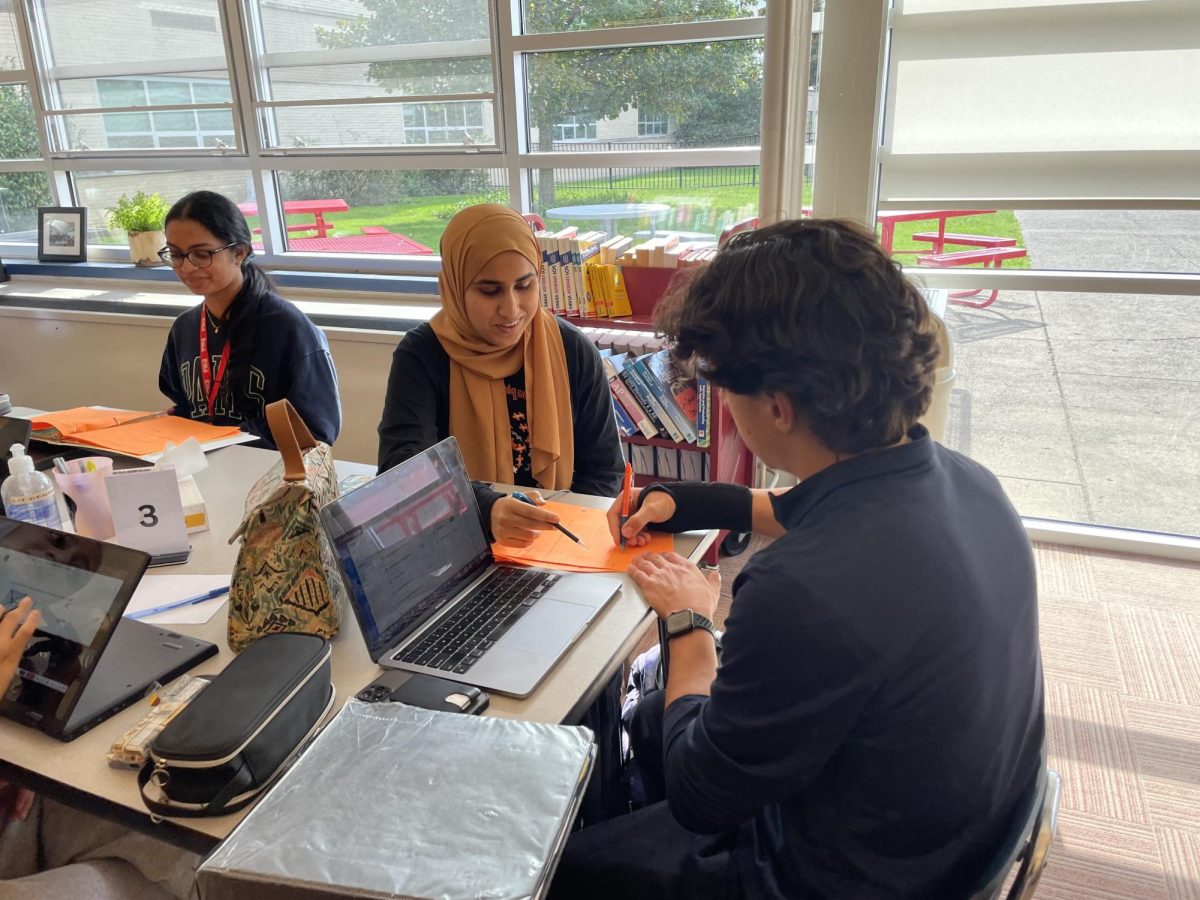For all of STEM’s existence, women have been underrepresented, especially in computer science. Our society has worked hard to break these barriers, but the remnants still leave their mark.
Senior and member of the Computer Science Honor Society executive board, Raina Singh, has speculations on why the field has a smaller number of women based on her own experiences.
“I think there is a combination of reasons why we see fewer women in computer science like stereotypes, lack of exposure to the field and mainly lack of encouragement. I think that girls are never really told that computer science (CS) is an option for them at a young age, so they never really get to immerse themselves in it,” Singh said. “I feel that if you don’t really know anything about the field, it’s hard to develop a passion. There could be many role models for young girls, but women are often left out of history and the media,” Singh said.
Singh also mentions that as one of the only girls in her computer science classes, she has felt a bit excluded.
“I haven’t faced any blatant stereotypes as a girl in CS, thanks to the students and staff at Niles West, but the environment definitely feels different than other classes. In a class with only a couple of other girls, I would often feel discouraged, like I didn’t have as much help from my peers as I wanted. I felt that people didn’t really want to collaborate with me or the other girls. That environment is probably what drives many women away from the field,” Singh said.
Senior and leader of Girls Who Code, Mahnoor Aetzaz, said that she also felt unwelcome in class and doesn’t like asking for help.
“In my CSP [Computer Science Principles] class, there are boys there who get the topics way faster than I do and it does discourage me. And some of my male classmates do belittle me, I’ve literally had a guy who was like ‘no wonder there are no girls in CS [computer science]’ when I asked him for help,” Aetzaz said.
Meher Khatoo, a senior and also a leader of Girls Who Code says that the sexist comments might be more subtle and well hidden than most people think.
“Oftentimes guys will kind of hang out in their own groups in computer science classes and they do make certain jokes that aren’t overtly sexist but are microaggressive,” Khatoon said.
Many teachers, including the computer science teacher and sponsor of Girls Who Code Amber Mosier, have tried to make their classrooms a safe and comfortable space for all students, but specifically for female students. One way she’s doing that is through Girls Who Code. The members of Girls Who Code not only learn how to code but they also learn about women in the field and how they can make a difference.
According to Mosier, the most important thing is to do what you love and to find power in being the minority in the class.
“For girls who want to join a STEM field but are afraid of the stigmas they might face, my message is to be empowered by knowledge and being the only girl in your class. We need women to step forward and feel strong in it and not listen to the stigmatism and do what they love,” Mosier said.
Khatoo said that Girls Who Code has helped her grow a sense of belonging.
“The whole reason Girls Who Code exists is to let other girls know that there is a community and that there are other girls interested in the same things. Another reason why Girls Who Code is so important is because it’s a support system for all of us and we all encourage each other to continue our career path no matter how hard it is,” Khatoo said.
Khatoo and Aetzaz both agree that the discouragement of female members in STEM fields is not just a Niles West problem but an overall issue in society. Nevertheless, schools are where the vicious cycle of sexism starts so it’s a school’s responsibility to encourage female students to join STEM fields and to show them that women in STEM do make an impact. Hopefully, with the help of programs like Girls Who Code, they can.














